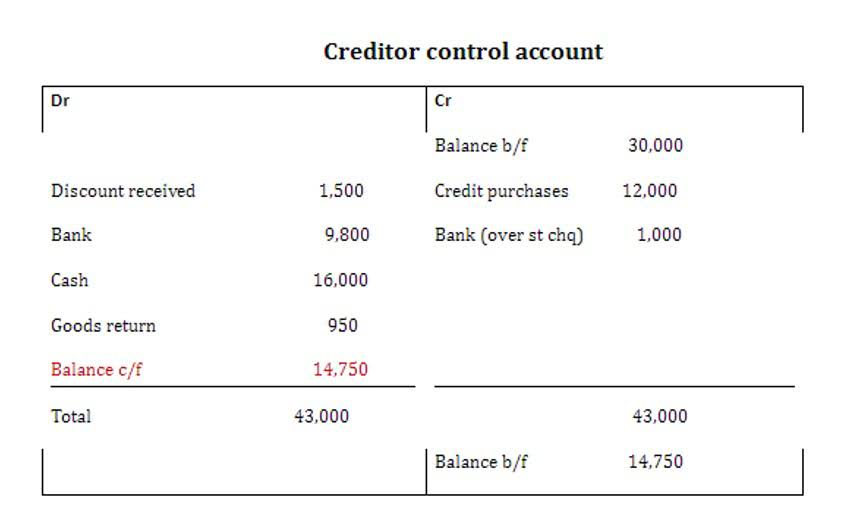

As usual, let’s start by working out the scale factor. Notice that BC and B’C’ are two known corresponding sides so we can use them to work out the scale factor. This tool works to find a scale for your creation based on the aircraft’s size.


Example #2: How to Find the Scale Factor
- Also how to use these ratios to find missing perimeters and areas.
- Beyond calculating the scaling factor, it allows you to determine the scale length and real length of an object.
- When it comes to geometry, the scale factor is the number used to determine the size of an object in relationship to another object.
- By mastering the methods outlined in this guide, you’ll be well-equipped to tackle scaling problems with confidence.
- Since the scale factor is the same for all corresponding sides, we can record just two pairs of side lengths.
When it comes to rectangles, scaling involves multiplying both the length and width by the same number, known as the scale factor. A scale https://www.bookstime.com/articles/how-to-write-construction-invoice model is a model accurate to a scale factor. If the copy of the actual object is not made to scale, it will look unrealistic, like a little child’s toy. A ratio measures the relationship between two things.
Scale factor definition
This formula allows us to determine whether we’re making a shape bigger or contribution margin smaller and by how much. Scale Factor is used to scale shapes in different dimensions. In geometry, we learn about different geometrical shapes which both in two-dimension and three-dimension. The scale factor is a measure for similar figures, who look the same but have different scales or measures. Suppose, two circle looks similar but they could have varying radii.
- When the size of a figure is increased, we say that it has been scaled up and when it is decreased, we say that it has scaled down.
- The base in the original shape is 1 , so the base in the enlarged shape will be 2 .
- For starters, we know than the original image is ▵ABC and the new image is ▵A’B’C’.
- We will also provide some tips on how you can use the scale factor to find missing dimensions and compare figures.
- You will extend this to learn about fractional scale factors and how to calculate scale factors.
- Next, identify the corresponding side lengths on each figure.
- To find the radius of the scaled cone, we multiply the radius of the original cone with the scale factor.
Scale factor


A negative scale factor makes the dilation rotate 180° and it creates an image on the other side of the centre of the enlargement. Now that you know what a scale factor is and what types there are, let’s look at some examples! If we have a rectangle that has a length of 6 cm and width of 3 cm, we can say that the length-to-width ratio is 2-to-1 because six divided by three equals two.
The scale factor can be represented using a fraction, which is the ratio of the two measurements. For example, if the scale factor is 2, then the missing measurement is twice the other measurement. Find the scale factor for a rectangle with dimensions `6` cm by `4` cm that is enlarged to a rectangle with dimensions `12` cm by `8` cm. To determine the scale factor of various figures, we follow a similar process of comparing corresponding sides when they are similar to each other. This applies to different shapes such as cylinders, squares, and cones.
The reduction scale factor is a number between 0 and 1, signifying a decrease in size or a shrinking of the original figure. This will lead to a smaller version of the original shape. It quantifies the degree of enlargement or reduction in size during geometric transformations, aiding in precise adjustments. A scale factor is the value used to create a smaller or larger version of a given shape.


Practice scale factor questions
- Below are two similar right-angled triangles ABC and A’B’C’.
- ∴ The dimensions of the original rectangle before the reduction were 8 meters by 12 meters.
- Enter the values into this scale factor calculator and click “Calculate” to find the ratio between two corresponding sides of similar figures.
- The scale factor can be used to find missing dimensions of similar figures.
- The following diagram shows an example of scale factor.
When we talk about scaling down, we’re referring to making an object smaller. This involves multiplying the original size of the object by a number that’s less than `1` or dividing it by a number greater than `1`. Scale is used to allow designers, architects, and machinists to handle models of objects that would be too big to keep on a if they were actual size.
How to reduce a shape by a scale factor?
- Scale factor is similar to a unit scale except no units are given.
- No, scale factor can also be used on 1D (flat) and 3D figures (solid).
- You can use the quick-links above to skip to any section of this guide.
- Every dilation is based on a scale factor, which we will denote using the letter k in this guide.
- For our first example, we have to find the scale factor that was used to dilated ▵ABC onto ▵A’B’C.
The scale factor is the ratio of a length of the image to the corresponding length on the original figure. The scale factor in geometry tells us how bigger or smaller a shape is compared to its original size. It’s like a measuring tape for shapes, helping us create enlarged or reduced versions accurately. However, it doesn’t change the shape itself, just its size. So far, we have only looked at positive scale factors. We have also seen scalefactor some examples involving fractional scale factors.

